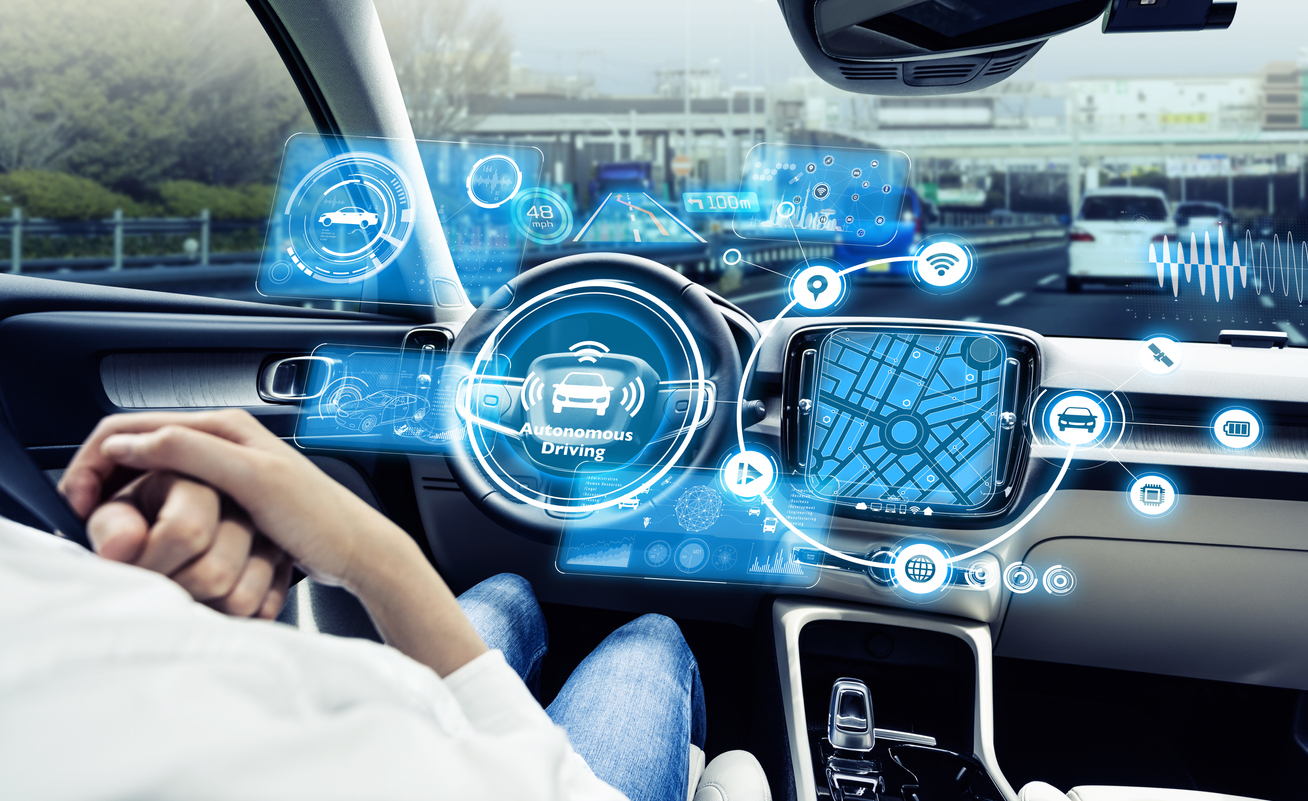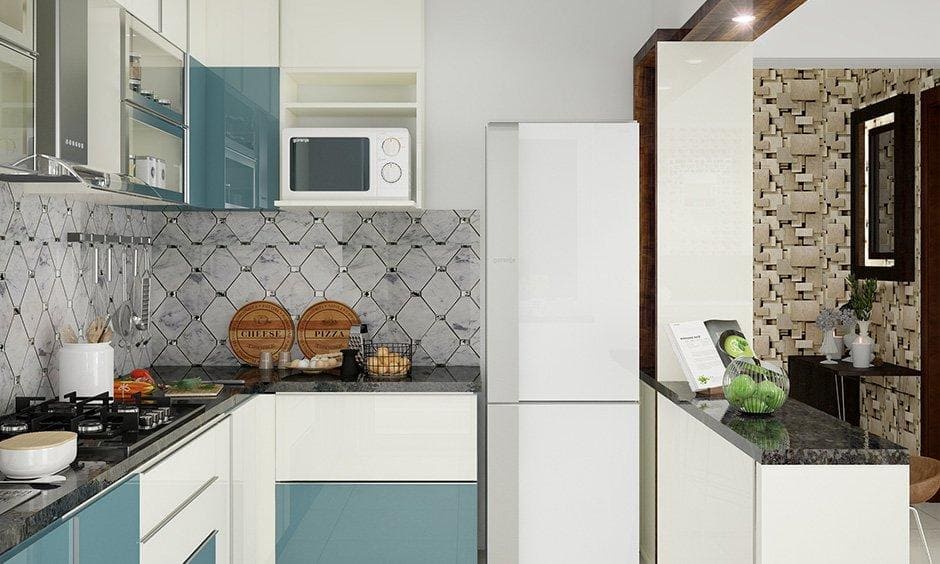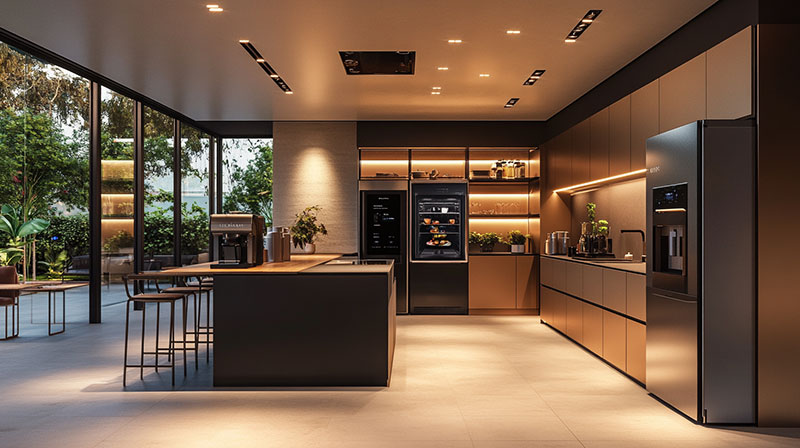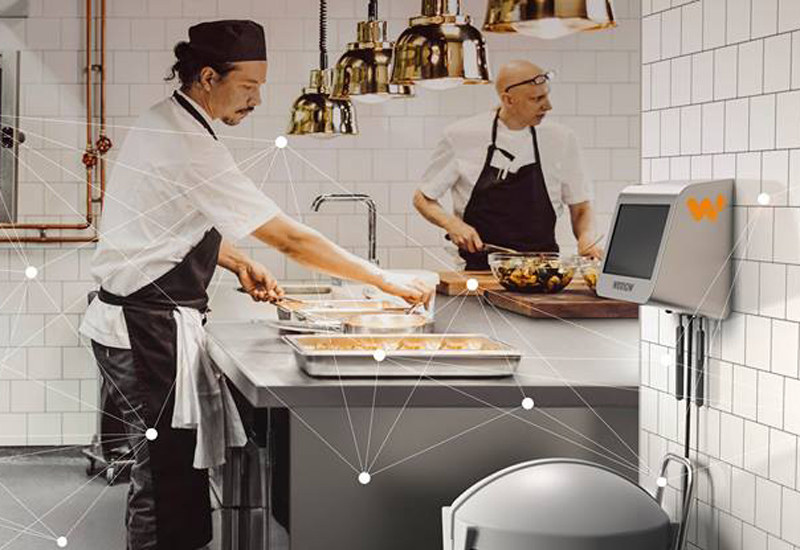The concept of EV cabin pre-conditioning is crucial for electric vehicle owners, as it significantly influences comfort and vehicle efficiency. In essence, pre-conditioning refers to the process of adjusting the cabin’s temperature before you start your journey. This strategic method can be a game-changer for EV efficiency, especially during extreme weather conditions.
By utilizing EV cabin pre-conditioning, drivers can ensure their vehicle is comfortable from the moment they step in. Moreover, it plays a vital role in battery efficiency, helping to minimize energy consumption when the car is in motion, particularly in harsh weather. This makes it a vital practice for maximizing the range and performance of your electric vehicle.

The Importance of EV Cabin Pre-conditioning
Pre-conditioning your electric vehicle is not just about personal comfort. It involves the optimization of vehicle systems to prepare for road travel. By conditioning the cabin environment while the vehicle is still attached to the charger, you ensure that minimal battery energy is used for heating or cooling while driving.
For example, during cold weather, charging an EV in winter can be more efficient when combined with pre-conditioning. This practice prevents the battery from depleting quickly as it wont need to expend additional energy warming up the interior once on the road.
Enhancing Comfort and Convenience
The primary goal of EV cabin pre-conditioning is to provide a comfortable environment for passengers when they enter the vehicle. By pre-heating or pre-cooling the cabin, drivers can avoid the discomfort of extreme temperatures. This adjustment not only makes the ride more enjoyable but also helps drivers enhance their focus and reduce initial travel fatigue.
Boosting Efficiency
Efficient energy use is another significant advantage. With pre-conditioning relying on electricity from the charging source instead of the vehicle’s battery, it helps maintain battery life and improves the overall range of the vehicle. As the environmental conditions are set before unplugging the vehicle, it leads to seamless energy use.
How EV Cabin Pre-conditioning Works
Most electric vehicles are equipped with pre-conditioning functions, which can be engaged through an associated mobile app or manually from the vehicle’s interface. The timing can be set according to daily schedules, ensuring the vehicle is always ready when you need it, without needing to remember to turn it on every time.
To make the most of this feature, vehicle owners can set a timer based on their regular departure times. This ensures that the pre-conditioning process is completed by the time they are ready to leave, thereby conserving precious battery life.
Integration with Smart Technology
Many modern electric vehicles come with smart integration, allowing for seamless scheduling and updates through mobile devices. This not only enhances user engagement but also brings about a smooth, energy-efficient departure. For more on how this benefits vehicle performance, check out this EV technology resource.
Environmental and Financial Impacts
While the primary focus of EV cabin pre-conditioning lies in comfort and efficiency, it also has significant environmental and financial impacts. By reducing unnecessary energy consumption from the vehicle’s battery, this practice contributes to a lower carbon footprint. It also optimizes the vehicle’s energy use, leading to lower utility bills over time.
Reducing Carbon Footprint
The efficient use of energy provided by pre-conditioning decreases the reliance on fossil fuels. It ensures cleaner energy use, therefore playing a part in reducing overall emissions and contributing positively to broader environmental goals.
Financial Savings
By extending the battery life and ensuring energy is used directly from the source rather than the battery, EV cabin pre-conditioning can lead to substantial savings over a vehicles lifespan. Owners save on fewer battery replacements and lower energy costs, ultimately making the investment more valuable.
Best Practices for EV Cabin Pre-conditioning
Electric vehicle owners looking to make the most out of pre-conditioning should consider following best practices to achieve optimal results.
Utilize Off-Peak Charging
By scheduling pre-conditioning during off-peak utility hours, not only can owners save money, but they also alleviate some demand pressures from the grid. Doing so is economically wise and environmentally sustainable.
Regular Maintenance Checks
Ensuring that your vehicles heating and cooling system is in perfect working condition is crucial. Regular checks will ensure that they function efficiently, reducing unnecessary energy drains and ensuring that pre-conditioning is as effective as possible.
Technological Innovations in Pre-conditioning
As the technology behind electric vehicles advances, so does the sophistication of pre-conditioning systems. More vehicles are now offering customization options, allowing for precise targeting of how energy is used to regulate different environments within the car.
These technologies are set to become even more intuitive, working with integrated AI systems capable of learning user habits and maximizing energy efficiency further.
Cosmic Impact: EV Cabin Pre-conditioning in Extreme Climates
For drivers living in areas with extreme climates, pre-conditioning offers even more pronounced benefits. Cold environments, like those discussed in this EV awareness campaigns piece, can particularly drain vehicle batteries if they arent managed correctly.
By maintaining a balanced internal temperature, this approach significantly lessens the load on the battery and ensures the longevity and reliability of the vehicle.
Challenges and Considerations
Though pre-conditioning is effective, it does come with its share of electrical demand and the potential for slightly increased power use if mismanaged. Its essential for users to understand their local environment and electricity pricing structures to make informed decisions about when and how to use this function effectively.
Conclusion: The Future of Pre-conditioning
The future of EV cabin pre-conditioning is promising, with technological innovations paving the way for more efficient and user-friendly systems. This technology not only enhances comfort and efficiency but promises to transform the way we interact with electric vehicles as a whole.
As more drivers become aware of these benefits and integrate them into their driving habits, the role of pre-conditioning will only grow, offering immense potential for savings, environmental impact, and comfort.
By understanding the nuances and adopting best practices, drivers can fully unlock the potential of this technology, ensuring they savor every journey in their electric vehicle.

Frequently Asked Questions
What is EV Cabin Pre-conditioning?
EV cabin pre-conditioning refers to adjusting the cabin temperature to optimal levels before starting a trip. It’s designed to ensure passenger comfort and enhance the vehicle’s battery efficiency.
How does pre-conditioning save energy?
Pre-conditioning saves energy by using the charging source to prepare the vehicle’s environment, rather than tapping into the battery’s capacity to later adjust temperature while driving.
Can pre-conditioning be done in all electric vehicles?
Most modern electric vehicles come equipped with pre-conditioning features. However, availability can vary by make and model, so it’s best to check your vehicle’s specifications.





